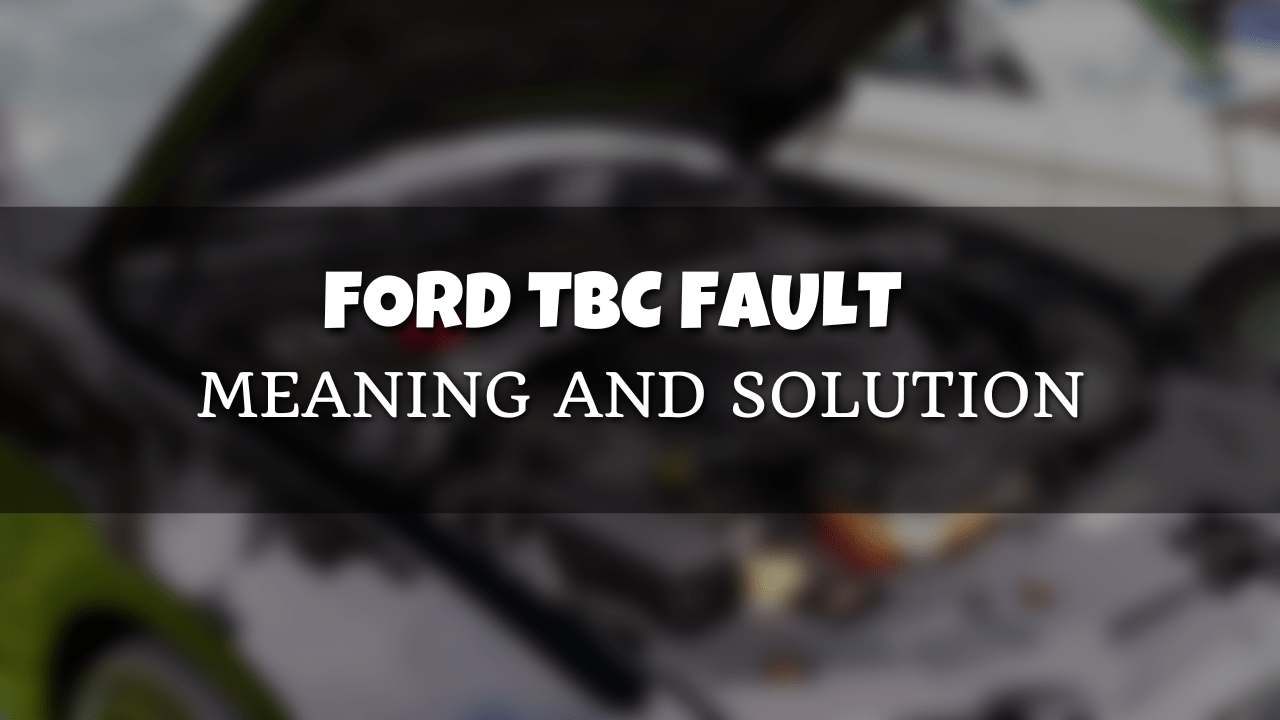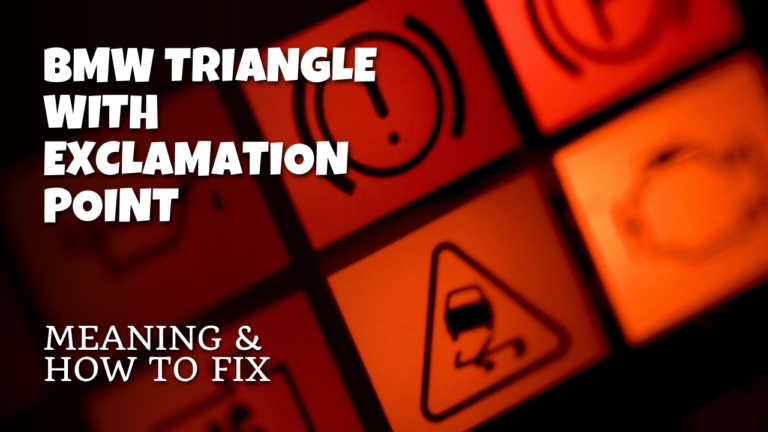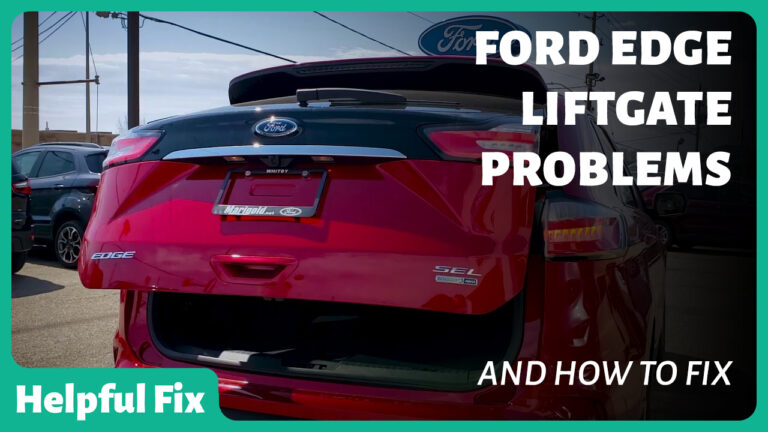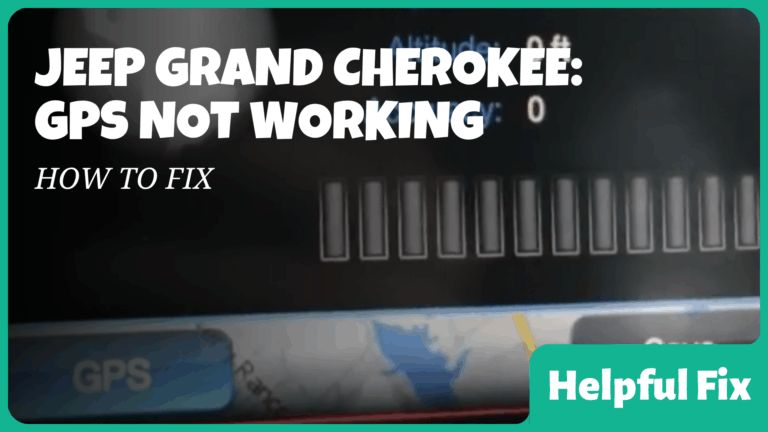Ford TBC Fault Meaning and Solution
Whether you own a vehicle manufactured by Ford or any other brand, sooner or later you’ll see that the check engine light on the dashboard has turned on. It usually indicates that you need to take your vehicle to a mechanic for routine maintenance.
In most cases, the check engine light turns on when your vehicle needs fluid and filter replacements. However, sometimes it can also mean that there’s something wrong with your vehicle.
If you see a TBC fault on your dashboard, it means that your TBC (Trailer Brake Controller) isn’t working properly. In this article, I’ll explain why this problem occurs and how to fix it.
Ford TBC Fault: Meaning
As mentioned, the TBC fault in Ford means that the working mechanism of the trailer brake controller is faulty. When you’re driving your vehicle with a trailer and apply the brake, the TBC unit sends a signal to the trailer to apply the same amount of power to the trailer’s brakes.
A faulty TBC unit fails to perform this function and driving your truck with a trailer with this fault can be extremely dangerous.
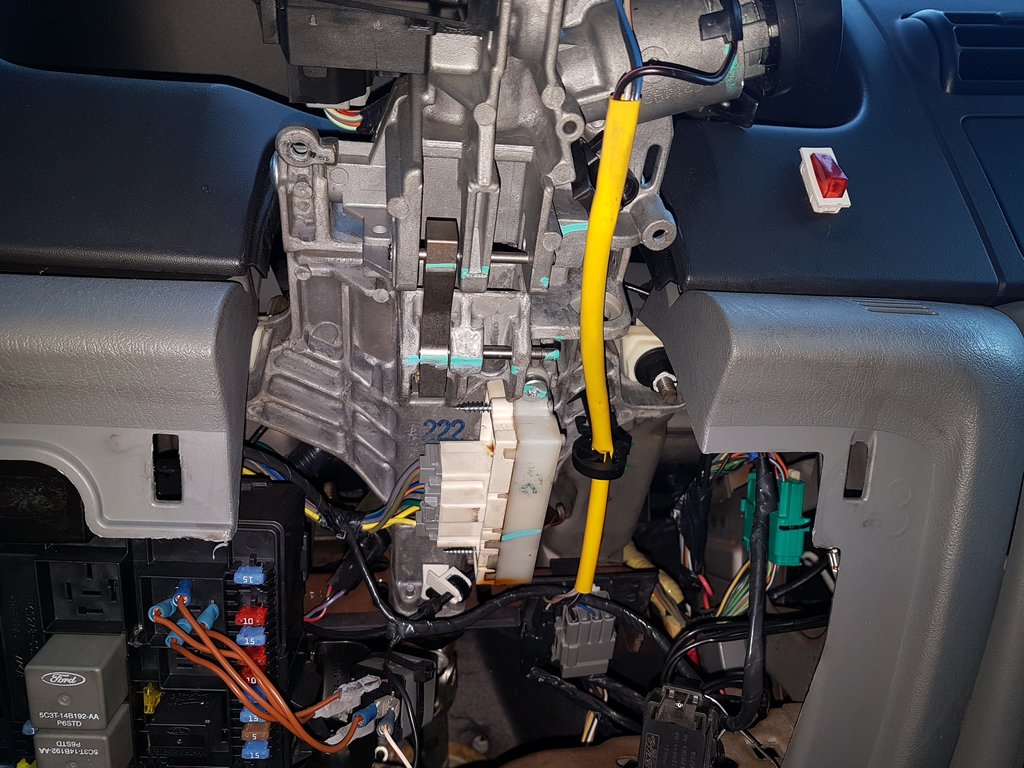
Ford TBC Fault: Causes
The Ford TBC fault can take place due to several reasons, including the following:
- Bad wiring
- Blown fuses
- Faulty BCM (Body Control Module)
- Faulty brake controller
Ford TBC Fault: Solution
Let’s discuss each cause of the Ford TBC fault, mentioned above, along with its solution.
Bad Wiring
Bad wiring is arguably the most common cause that leads to the Ford TBC fault. It means that you have corroded or damaged wires in your vehicle’s wiring harness, and the TBC is failing to send the signal to apply the trailer’s brake.
First, you’ll need to inspect the wiring problem in your brake switch as it’s the component that transfers the brake pedal signal. If you’re not good with wiring, you’ll need to take your vehicle to a licensed and experienced auto electrician to fix the problem.
Blown Fuse
It’s not the most common reason behind a faulty TBC unit but it can cause this problem. A bad fuse can lead to a disconnection between the vehicle’s TBC and the trailer and it fails to apply the trailer’s brake.
To check your vehicle for a blown fuse, you’ll need to inspect the power distribution center located under the hood. There will be tons of fuses and you’ll need to consult the user manual of your Ford vehicle to find out the exact location of the brake switch fuse.
If it’s blown away, then replacing it should solve the problem. If it seems fine, you can move to the next solution. Don’t forget to disconnect the negative terminal of the battery before opening the power distribution center.
Faulty BCM (Body Control Module)
The BCM or body control module is an electrical component that controls the electrical systems, including TBC, of your Ford vehicle. You’ll see the Ford TBC fault on the dashboard if you have a faulty BCM because it’ll fail to control the trailer’s brakes.
In most Ford vehicles, the BCM is located under the dashboard on the driver’s side. You can consult the owner’s manual to inspect if this unit is working properly.
If your BCM is faulty, you might also experience many other problems, such as security system issues, erratic electrical function, and repeated battery drain.
In this case, you’ll need to replace your BCM by disconnecting the faulty one and installing a new one in the same place.
Faulty Brake Controller
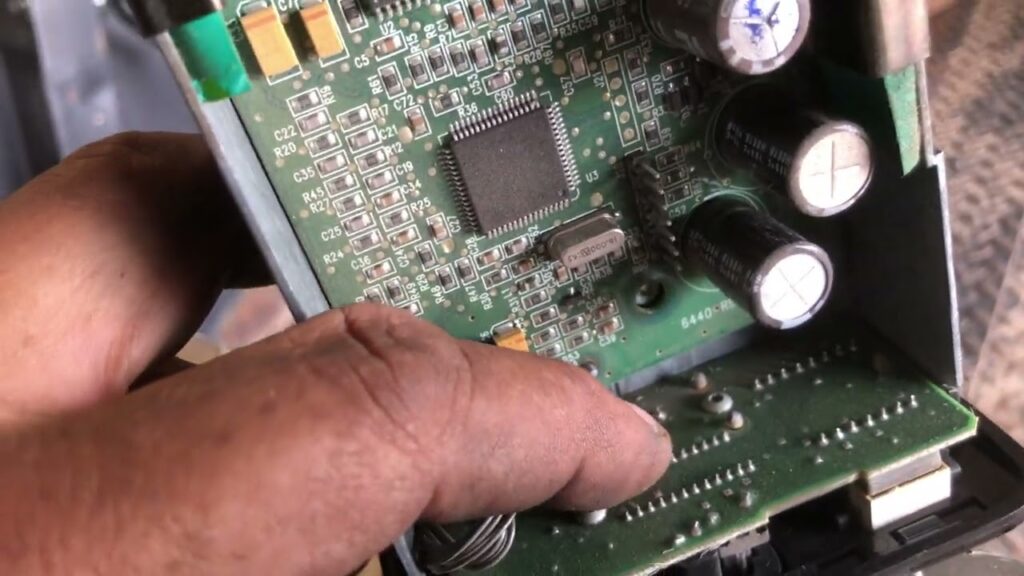
The trailer brake controller of your Ford can get damaged, due to normal wear and tear. In this scenario, you’ll need to remove the TBC unit and inspect it. The TBC unit is located in the middle of the console.
Once you have removed the controller, you’ll need to take it to a professional electrician to get it checked for short circuits or loose pins.
If the trailer brake controller is beyond repair, you’ll need to get it replaced with a new one to solve the problem.
Final Words
A TBC fault is annoying and it can be extremely dangerous if you drive your Ford attached to a trailer with this issue. That’s because your trailer won’t stop whenever you apply brakes and it can lead to a nasty accident.
If you have this problem in your Ford, use the solutions discussed in this guide to solve the problem. If you feel that you won’t be able to apply the fixes yourself, make sure that you take the vehicle to a professional auto mechanic/electrician.

